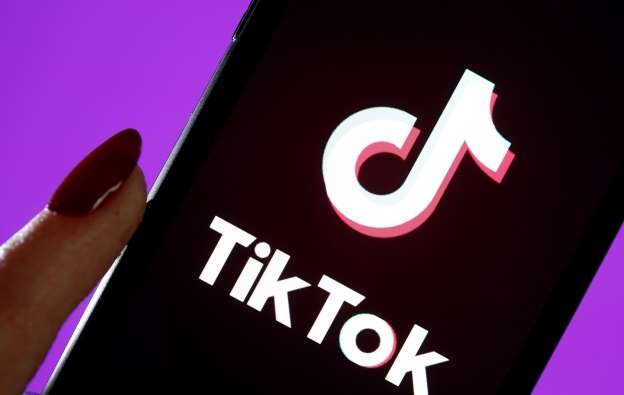Technology
Why Tik Tok is a big problem

On the face of it, short-form mobile video company TikTok’s intentions appear squeaky clean.
Users can “capture and share moments that matter in your life”; they can also make use of “various features, stickers, and gestures”, as well as participate in in-app challenges. In short, it is a creative app, one that is widely popular in tier-3 and tier-4 India – indeed, there is a Bhojpuri song and video doing the rounds, Tik Tok Pa Video Banaweli.
Creative apps can also be misused. People can create and upload porn. While that happens on nearly every social media platform, TikTok’s model appears to be more susceptible, policy experts think. TikTok, unlike what is being argued in different circles, is not just a platform company. It is probably creating an ecosystem to promote content that could end up hurting minors.
Kazim Rizvi, Founding Director of The Dialogue, a research and public-policy think-tank, says that TikTok is a couple of notches ahead in the threat and the risk it poses to society compared to other companies because of this ecosystem play. “The company is organising big marketing events where they audition people. They are given lucrative money-making opportunities. In rural India, where opportunities are limited, this is becoming a good substitute,” he says.
TikTok, for instance, frequently promotes a ‘1 Million Audition’ programme in India. “Are you ready to win the $500 package and iphone 10?”, it asked potential users in a post on Facebook last year. The audition is for showing of “amazing talents”. Nevertheless, how young minds view the auditions and respond is what is worrying Rizvi. “People like to see more scandalous content; it is just human nature,” he says. The more raunchy the content, there would be more hits. Any social platform that incentivises creators based on likes, therefore, runs the risk of opening its doors to soft porn.
Rizvi says that other platforms, such as Facebook and YouTube, have developed a far higher bar on filtering out inappropriate content. They often use a mix of automation and human interventions. “There is no bar in TikTok so far. But they are not directly promoting pornography. But by being on the periphery, and by creating an ecosystem, they are contributing to the problem,” he adds.
The TikTok app was temporarily taken down from online app stores on April 17, 2019, after an interim court order. The ban was subsequently lifted on the condition that the company would regulate its content better.
So what could be done about the problem? The TikTok issue could recur in other apps as well. Industry watchers certainly don’t think banning apps is the solution – Indian authorities have a bias towards using the sledgehammer – banning everything.
Sharad Sharma, co-founder, iSPIRT Foundation, a think-tank, opines that both civil society and regulators have to move to a more nuanced approach to addressing societal problems. “Many in civil society advocate a purist approach that often ignores the ground realities. And regulators, sadly, use a sledgehammer where pinpointed action will suffice. So, the discussion rapidly becomes adversarial and polarised. A new type of constructive conversation is needed,” he says.
Rizvi thinks a strong privacy law could be good starting point. One could expect a law this year, once the new government takes over.

















